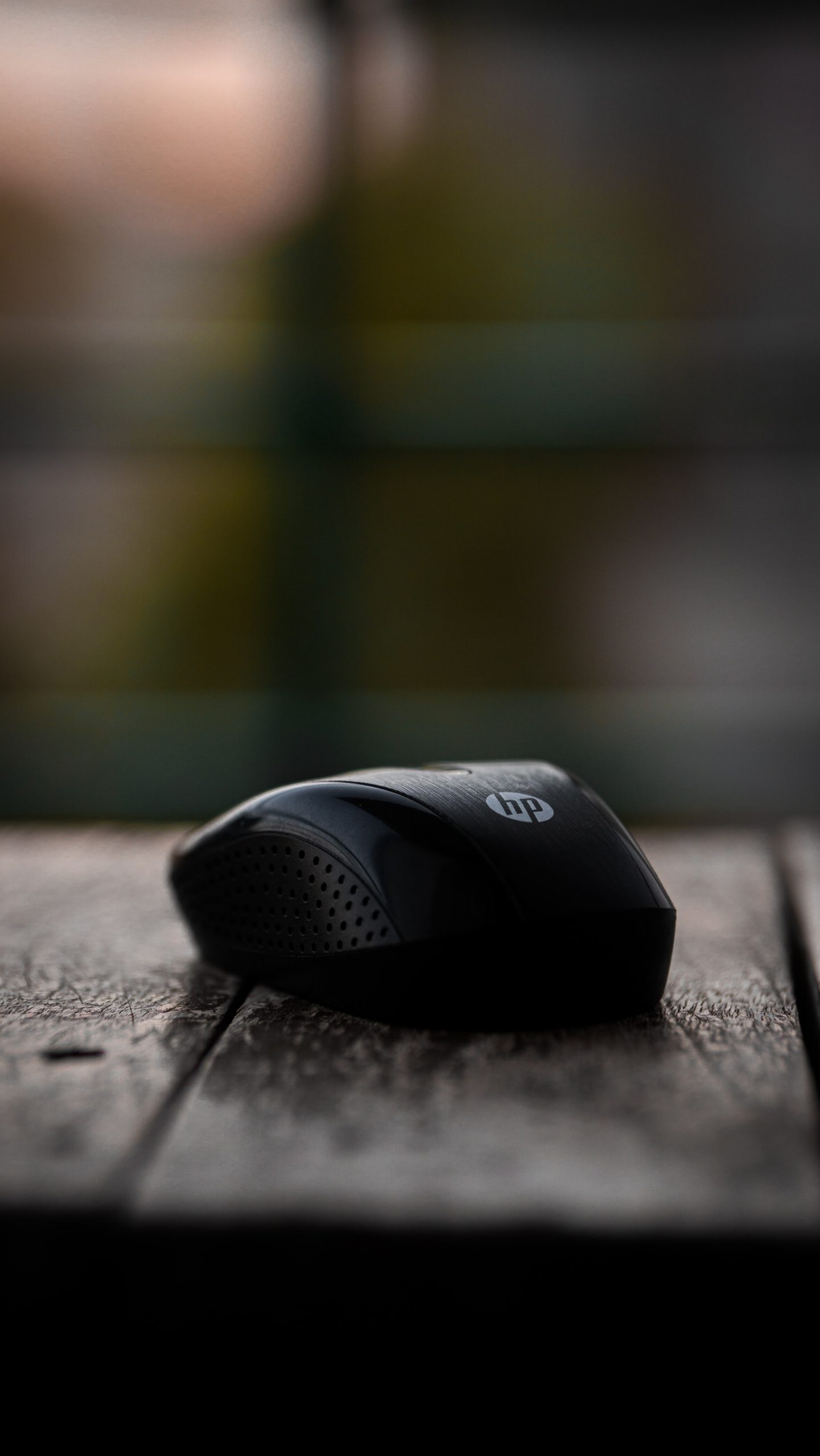HP (Hewlett-Packard) is one of the world’s largest technology companies. It was founded in 1939 by two Stanford alumni, Bill Hewlett and Dave Packard. The company has a rich history and offers a wide range of products, from printers and laptops to servers and software. HP is also strongly committed to social responsibility with a focus on sustainability and education. In this article, we’ll look in more detail at HP’s history, products, and values.
The company is named after its founders Bill Hewlett and Dave Packard. They met while studying at Stanford University in the 1930s. The first product developed by HP was an audio oscillator for testing sound equipment. Soon, however, the company began developing other devices, such as voltmeters and other measuring instruments. On the website, both founders also dealt with consulting for companies on their engineering problems. Encouraged by the success of their first product, Bill and Dave decided to focus solely on creating the equipment. The company was officially founded in Packard’s garage in Palo Alto, California, USA in 1939.
The first offices HP moved into were at 367 Addison Avenue in Palo Alto, California. This little shop was run by Dave Packard until 1956. HP’s first major product was the HP200A, a precision audio oscillator used to test precision audio equipment such as hearing aids and turntables that is still used today.
The company quickly outgrew its headquarters on Addison Avenue. In 1943, HP moved to a larger building at 367 Addison Avenue, which became known as the “prize corner” for all the awards displayed there. In the 1940s and 1950s, the company grew to a variety of buildings in Palo Alto.
HP’s rapid growth continued in the 1960s and the number of employees doubled every year. In 1961, HP moved its headquarters to a larger building on Corvallis Road in Palo Alto. However, the company continued to grow and grew from 103 employees in 1959 to 492 employees in 1960. In 1964, HP already employed 1,890 people and grew rapidly until the 1970s. In 1971, the company opened its first international office in Toronto, Canada.
Two years later, HP began operating in Europe with an office in West Drayton, UK, near London. At that time, the concept of teleworking was also becoming popular; HP engineers were among the first to start using new communication technologies such as radio paging and teletext to work at home, thanks to the company’s small size and flat management structure.
The 1970s were a decade of significant product development for HP. In 1972, HP introduced its first scientific calculator, the HP 9100A. This desktop calculator was not only powered by solar cells instead of batteries, but also used Reverse Polish Notation (RPN) in its programming, making it easier for scientists and engineers to use.
In 1976, HP introduced its first desktop computer, the HP 9830. Back then, personal computers were still very rare; one of the most famous was probably Apple I, which was not directly compatible with other computers. Instead of using a completely new architecture, HP based its 9830 on the HP 9100 desktop calculator. The computer was equipped with an Intel 8080 microprocessor and ran on the BASIC programming language. However, this early attempt did not sell very well due to the high price ($ 5,000) compared to other personal computers of the time.
In 1984, HP introduced its first laser printer – the LaserJet. By combining all major components together and using the dry toner method, the printer was much faster than other printers available at the time and produced high-quality prints as well. The original LaserJet printer weighed almost 60 pounds (27 kilograms) and was the size of a small photocopier. In 1991, HP introduced its first laser printer to act as a network printer. In 1995, HP released the first commercially available inkjet printer.
In 1986, HP acquired Compaq for $ 25 billion. At the time of the acquisition, some analysts believed that HP had more than 10 years of industry experience, while Compaq only had two, and that HP was paying for future opportunities. However, in 1998 it became clear that HP didn’t get the money when Compaq sold 45% of its shares in the world’s largest computer company at the time (HP still owned 31%) to a group of investors led by H&Q Asia Pacific. In 1999, HP announced a merger with another personal computer manufacturer, DEC, but later abandoned the plan due to lack of shareholder support.
In 2001, HP formed a Shanghai-San Jose-based joint venture called Compaq Semiconductor to manufacture CMOS chips for HP notebook computers. In the same year, Hewlett-Packard begins selling digital cameras and MP3 players.
In 2002, HP announced plans to spin off its Test and Measurement Division (later renamed Agilent Technologies), resulting in the creation of two publicly traded companies: Agilent and HP. While the company has spun off key assets such as the semiconductor division, it has retained many other subsidiaries such as its printer division, the largest in the world. In 2004, HP released a new version of its inkjet printer in an attempt to solve problems with earlier models that had been criticized for causing “spider-like cracks” when printing on high-resolution paper.
In 2005, HP announced two key acquisitions: 3PAR and EDS. The acquisition of 3PAR was an attempt to help HP implement its strategy of offering cloud computing services. The EDS acquisition follows the failed attempt by HP to acquire rival consulting firm Andersen Consulting (now Accenture) for $ 9 billion. The EDS deal cost HP $ 14 billion, but took full ownership of the company without having to manage it as a joint venture.
In 2011, HP announced that it would acquire the British company Autonomy for $ 10 billion. The acquisition was completed on August 19 of the same year, with half of the $ 10 billion in cash and the other half in shares. Following allegations of accounting fraud committed by the previous management team shortly after the acquisition, HP finally made an impairment charge of $ 8.8 billion and a goodwill write-off of $ 5 billion.
In 2014, HP announced that it had been affected by Autonomy’s accounting problems, which inflated the company’s profits prior to its $ 10 billion acquisition by HP in 2011. In 2015, the HP board appointed Meg Whitman to the position of chief executive officer after former president Ray Lane resigned. Whitman joined HP in 2011 after leaving E-Bay.
In early 2016, HP announced that it had split into two companies: Hewlett Packard Enterprise, which would take over the business of building and selling data centers and other IT infrastructure, while HP Inc. will retain some of the consumer equipment business.

